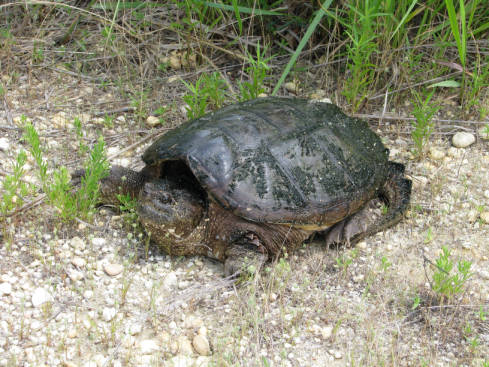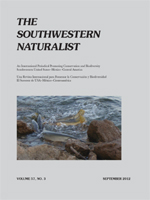 Why are western pond turtle populations declining? The focus has been on habitat decline and competition from non-native red-eared sliders. Recently, researchers from University of California at Davis, California Department of Fish and Wildlife and US Fish and Wildlife Service teamed up for the first study of western pond turtle diseases.
Why are western pond turtle populations declining? The focus has been on habitat decline and competition from non-native red-eared sliders. Recently, researchers from University of California at Davis, California Department of Fish and Wildlife and US Fish and Wildlife Service teamed up for the first study of western pond turtle diseases.
They found that both the western pond turtles, and the red-eared sliders carried a virus known to cause respiratory infections, especially in southern California. They also found that the turtles were free of herpesvirus, ranavirus and the bacteria salmonella.
Read more about the study on the CDFW Wildlife Investigations Lab blog, here. It includes a link to the abstract of the journal article about the study.
Photo: A western pond turtle is being measured as part of a collaborative study to examine their health. (Photo courtesy of C. Silbernagel, UC Davis)

 All over the Internet, on
All over the Internet, on 